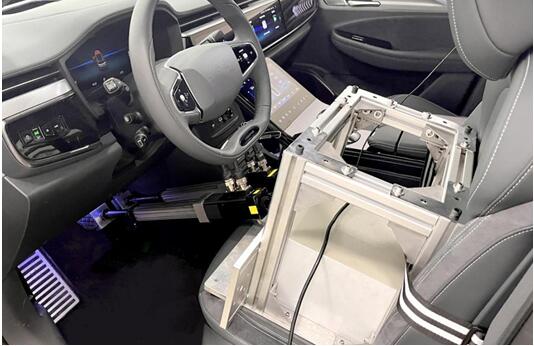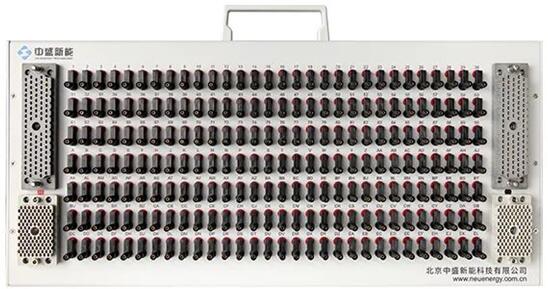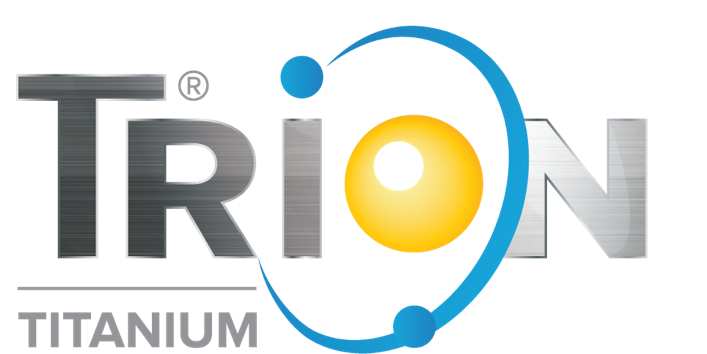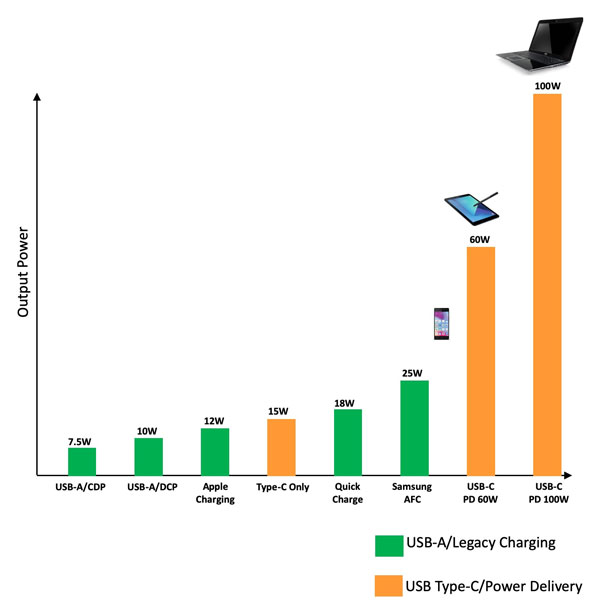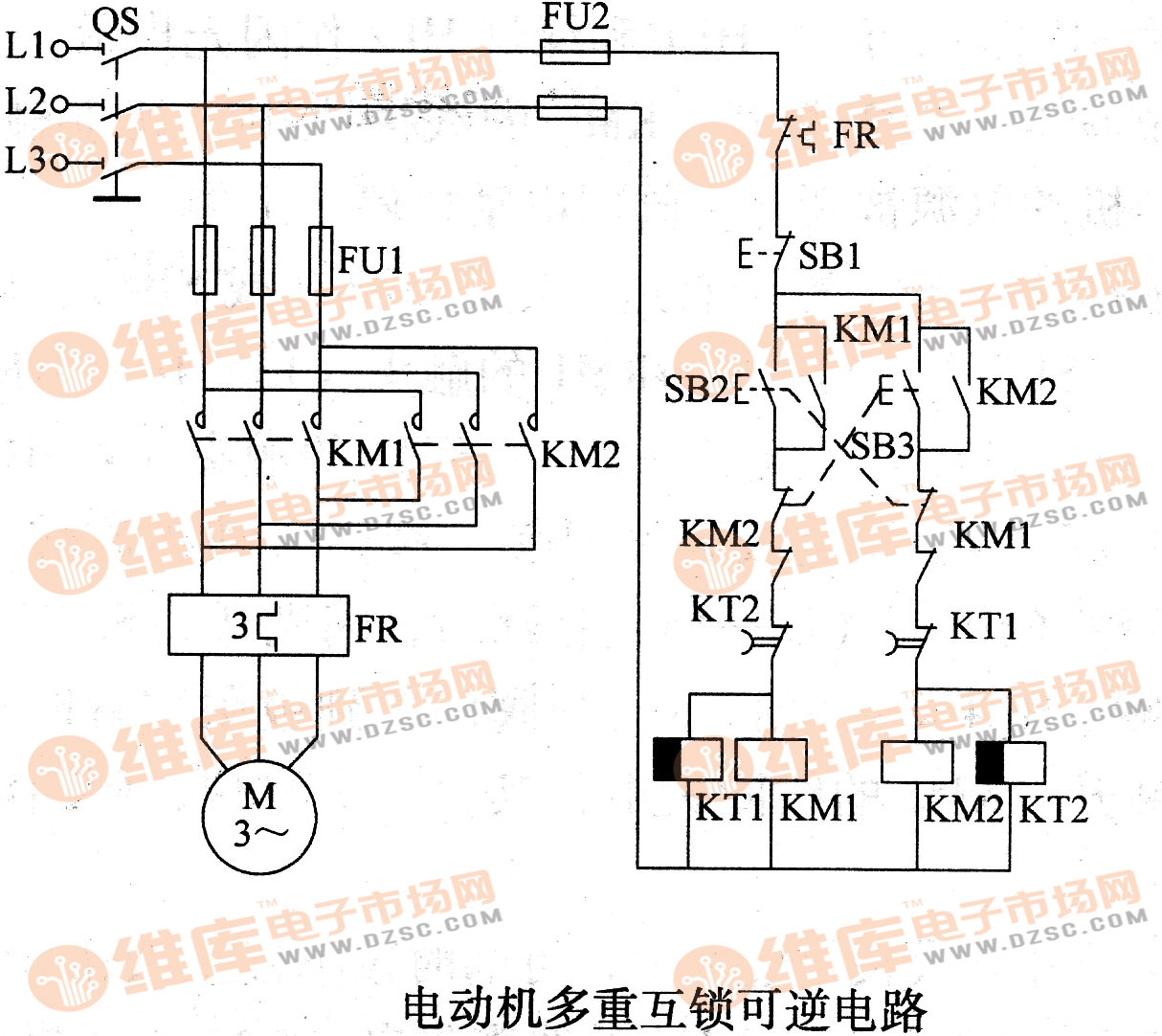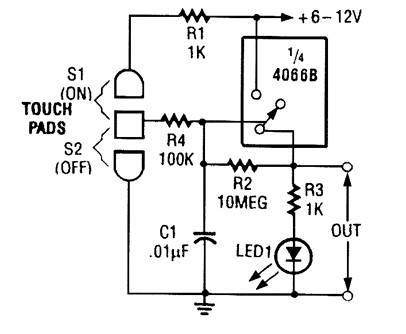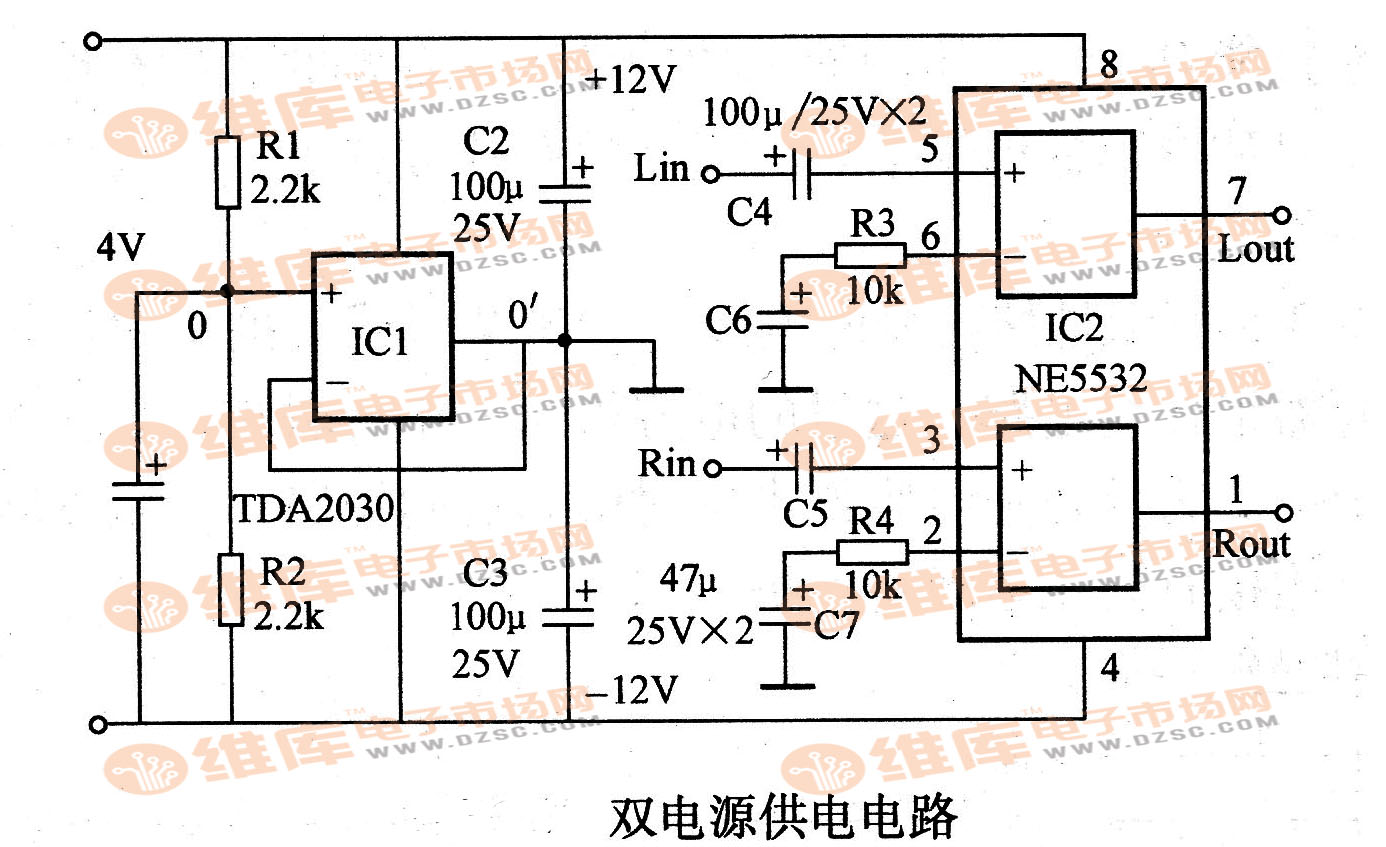IMEC为灵活前向纠错提出可升级架构(E)
IMEC has developed an innovative architecture for flexible forward error correction (FEC). The solution targets data transmission applications that need to combine flexibility, high throughput, and low power consumption. Examples are future wireless terminals and optical storage. IMEC's FEC enables, on one processor, the turbo- and LDPC decoding of major communication standards. The technology is available for the industry either through a soft IP transfer, or through joint R&D projects.
IMEC's FEC solution supports both turbo- and LDPC coding, including multi-channel operation over different modes. It is the world's first application-specific integrated processor (ASIP) for flexible FEC enabling both turbo- and LDPC coding for 3rd generation mobile phones (3GPP-LTE), wireless networks (IEEE802.11n, IEEE802.16(e)) and television broadcasting (DVB-S2/T2, GB20600). Support for other convolutional turbo- or LDPC codes can be enabled through assembly programming. A combined multiprocessor and ultra-wide SIMD (single instruction, multiple data) approach achieves scalability, high throughput and high energy efficiency.
The preliminary estimates for throughput and energy consumption show that IMEC's FEC solution is competitive with solutions that separate turbo and LDPC decoding on dedicated hardware. The throughput that is achieved is between 0.07 and 1.25Mbps/MHz, with efficiencies from 0.3 to 0.5nJ/bit/iter in turbo mode and 0.08 to 0.1nJ/bit/iter in LDPC mode. The silicon area used by the flexible solution is comparable to the sum of multiple dedicated solutions.
The new flexible FEC fits in IMEC's research strategy to design flexible components for data transmission. These are targeted at, amongst others, future mobile terminals; they combine high throughput, low power consumption, and a small footprint. Other IMEC components that follow this vision are a flexible RF transceiver and a flexible baseband chip. IMEC invites partners to collaborate in this research through its joint research programs. Industrial players can also profit from IMEC's research by licensing the components.
FEC is used in all digital transmitters and receivers to ensure that the digital message is sent free of errors. When the transmitter sends a message, it encodes the bit stream, adding redundant data. These allow the receiver to detect and correct errors - within some bounds - without asking the transmitter for additional data. State-of-the-art FEC mainly uses 2 methods of FEC coding: turbo codes and LDPC codes. These are popular
because they allow high-speed FEC encoding and decoding. But turbo codes and LDPC codes are complex, and decoding them puts a heavy computational load on the receiver. Therefore, until recently, FEC decoders for the different FEC methods were implemented as dedicated hardware blocks, focusing on minimum power consumption and area, and thereby sacrificing flexibility.
相关阅读:
- ...2016/09/27 14:33·SiTime推出高精度MEMS振荡器 颠覆全球规模15亿美元电信与网络时钟市场
- ...2016/06/02 10:05·英飞凌携手IMEC 合作开发汽车79 GHz CMOS雷达传感器芯片
- ...2016/03/14 16:39·SiTime推出较轻巧、较稳定、内建自动校准的32 kHz Super-TCXO
- ...2016/03/14 10:19·SiTime推出较轻巧、较稳定、内建自动校准的32 kHz Super-TCXO
- ...2015/11/06 20:42·Altera新版Quartus Prime设计软件延续了设计性能和效能的领先优势
- ...2015/07/28 14:52·Altera荣获年度EE Times/EDN ACE奖
- ...· Efinix® 全力驱动AI边缘计算,成功推出Trion™ T20 FPGA样品, 同时将产品扩展到二十万逻辑单元的T200 FPGA
- ...· 英飞凌亮相进博会,引领智慧新生活
- ...· 三电产品开发及测试研讨会北汽新能源专场成功举行
- ...· Manz亚智科技跨入半导体领域 为面板级扇出型封装提供化学湿制程、涂布及激光应用等生产设备解决方案
- ...· 中电瑞华BITRODE动力电池测试系统顺利交付北汽新能源
- ...· 中电瑞华FTF系列电池测试系统中标北京新能源汽车股份有限公司
- ...· 中电瑞华大功率高压能源反馈式负载系统成功交付中电熊猫
- ...· 中电瑞华国际在电动汽车及关键部件测评研讨会上演绎先进测评技术
- ...· 华芯微国产汽车芯片门电路系列(篇一)
- ...· 华芯微国产汽车芯片CAN收发器系列(篇一)
- ...· 华芯微国产汽车芯片DC/DC转换器系列
- ...· 华芯微国产汽车芯片DC/DC转换器系列
- ...· 华芯微国产汽车芯片运算放大器系列(篇一)
- ...· 华芯微国产汽车芯片MOSFET 驱动器系列(篇一)
- ...· 数据采集终端系统设备
- ...· 简仪科技踏上新征程

